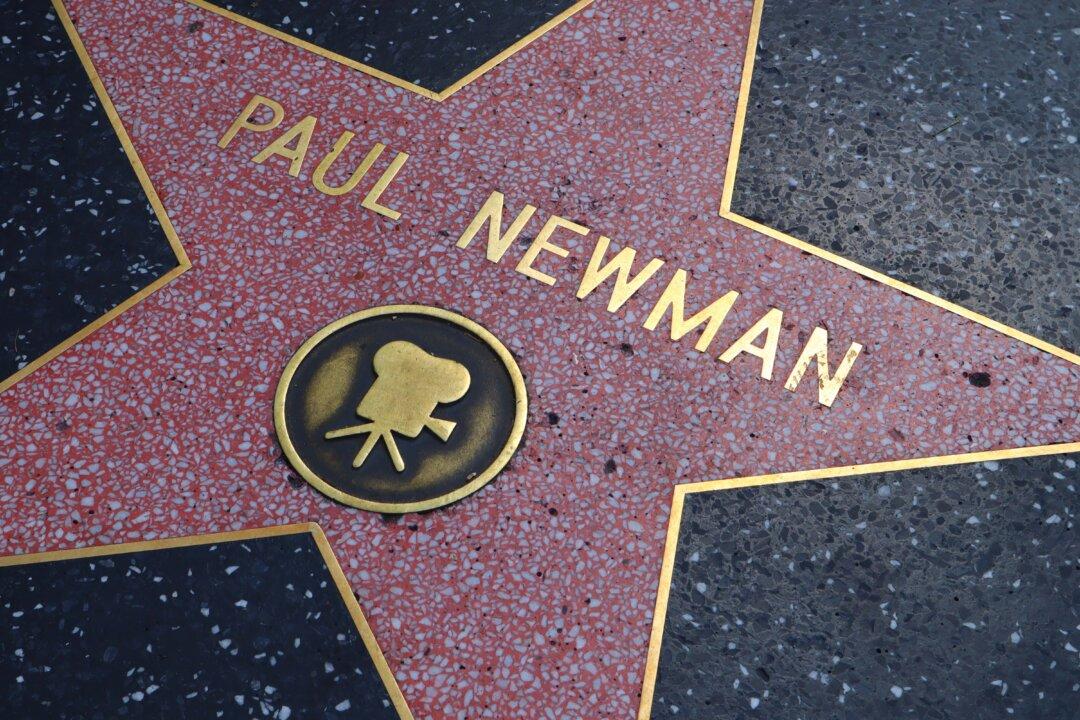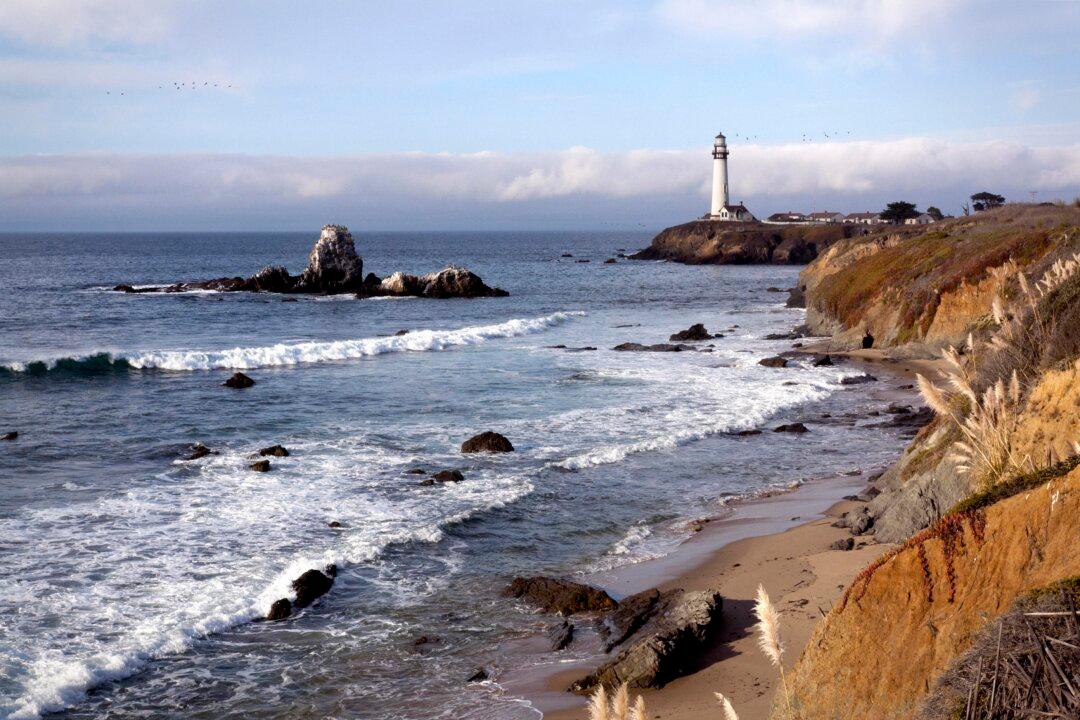“The trick of living is to slip on and off the planet with the least fuss you can muster. I’m not running for sainthood. I just happen to think that in life we need to be a little like the farmer who puts back into the soil what he takes out.” —Paul Newman
Highly respected both on and off the screen, iconic American actor Paul Newman is remembered for his philanthropic achievements in addition to the memorable roles he played. Those who aren’t familiar with famous characters like Butch Cassidy, Cool Hand Luke, and Fast Eddie Felson, may still regularly see Newman’s likeness smiling at them in their local grocery store. Thanks to the presence of his image on products lining grocery shelves around the country, Newman’s Own has donated over $570 million to charitable causes worldwide. A true legacy of merit, Newman’s Own Foundation lives on with the giving heart of its founder, who passed away in 2008. Much more than just an actor in other people’s screenplays, Paul Newman’s story is a tall tale full of surprising and incredible details.





